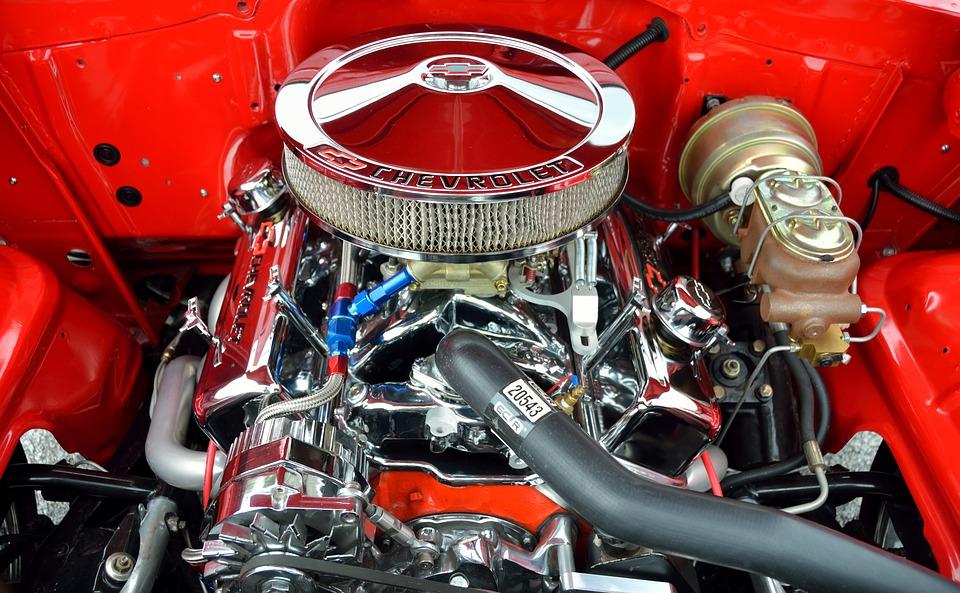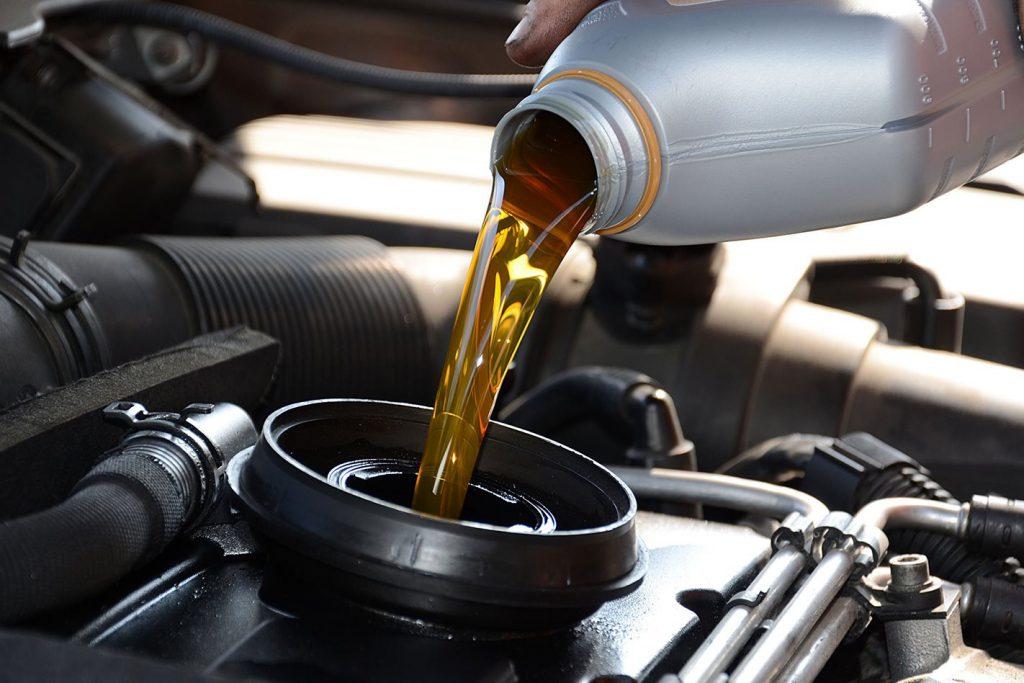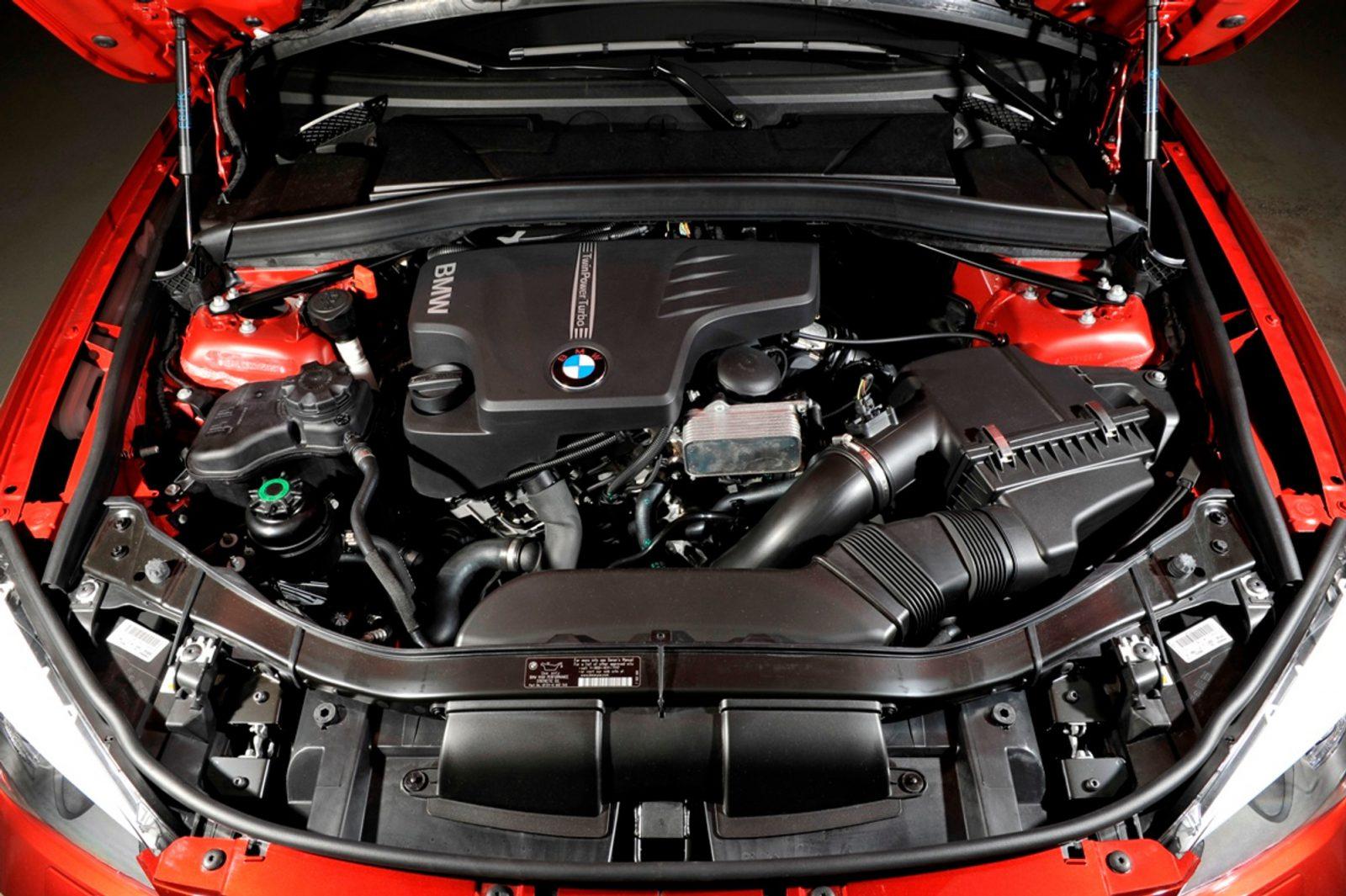The differences between 10W30 vs 10W40 viscosities aren’t that big.
Gaining an understanding of the working of the grading system is necessary to know about the differences along with fluid viscosity and behavior of oils.
When the car engine runs, oil pumps through it and protects from mechanical wear.
Nowadays, the automobile industry is flooded with a variety of types, weights, and formulation of motor oil. 10W30 and 10W40 are the popular viscosities used in modern engines.
Contents
Engine Oil Viscosity – Differences between 10W30 Vs 10W40
As the technological advancements are happening at breakneck speed, motor oil has also covered a long way from what it was in its early beginning.
Since oil is more resistant to flow, water flows at a faster rate. Therefore, Viscosity is an essential element of a lubricant.
Car engine oil lubricates various parts of the engine. One of the best maintenance tips is to buy engine oil that remains unaffected with the fluctuations in the temperature.
This blog will be of great help for those who want to know about the differences between 10w 40 vs 10w 30. Let’s begin with known viscosity of the fluid and oil behavior under various temperatures.
Oil Weight
The thickness or measurement of the oil viscosity becomes easy when reading the numbers like 10W30 will help know oil weight. The oil is thinner in case of lower weights, while higher weights show thicker oil.
In a car engine, knowing the movement of the oil will help understand its uses. For example, thinner oil is best during the initial stages. However, it can be a cause of concern when the engine heats up.

READ MORE:
- 0W-30, 5W-30, and 10W-30 Engine Oils – What’s the Difference
- A Guide to Troubleshooting and Fixing Engine Surging
Temperature
The viscosity of a liquid continually changes because the oil runs through the engine. As discussed, motor oil adjusts with the changes in temperature.
Due to the increased motion of the molecules, the oil becomes less viscous when it heats up. Therefore, it is imperative to keep it in mind when purchasing categorizing oil.
Multi-Weight Oils
In order to keep the car engine functioning well, it is necessary to know about the change in viscosity. The thin oil is perfect when the engine is cold. However, the same is not ideal when the engine is hot.
Therefore, finding multi-weight oil is the surefire way to be assured that oil will not thin out too much when the engine works. 10W30 vs 10W40 differences aren’t much because of the same weight when cold.
As temperature changes, the long-chain polymers present in oils expand and contract accordingly. They alter the way the oil behaves. Since they are designed as per the needs, they are thin when cold, and not thin at high temperatures.

Notation
The number before the W tells that the oil weighs in cold condition. During the weight measurement of multi-weight oil, having an understanding of the numbers will help immensely.
The second number shows a temperature of more than 100 degrees centigrade. Multi-weight oils are a preferred choice in the automobile industry because they are thinner when hot as compared to when cold.
10W30 oil changes accordingly with temperature, such as when it is hot as 30- weight oil, and thinner as 10-weight oil when cold.
Decoding the Figures
Both 10W30 and 10W40 oils move through the engine quickly. The letter ‘W’ refers to winter, which separates these two sets of numbers. The fluid’s tendency to restrict flow or thickness of engine oil is related to viscosity.
The number before the letter ‘W’ denotes the viscosity in cold temperature, usually of zero degrees. The oil becomes viscous when the temperature is cold.
So, it means that the engine oil rated OW20 will circulate more quickly throughout the engine as compared to oil with 10W ratings.
Though the 10W rating engine will start the car, OW will not take that much time to warm up the engine.
Now, the second number shows the viscosity of the engine while running at up to 212 degrees.
The oil should be thick because it protects the heat-sensitive components of the vehicle engine. Put simply, if the value of viscosity is higher, it is thicker in hot temperatures.
Now that all numbers are decoded, differentiating 10W30 vs 10W40 engine oil becomes easier.

Both oils have the same cold temperature viscosity rating – ‘10W’. Therefore, they resist becoming solid at zero degree temperature.
When noticing the second part of the rating – 30 vs. 40 – it is evident that 10W40 engine oil is more likely to retain the viscosity longer than then engine oil with a rating of 10W30.
FAQs
-
Does the choice of motor oil affect engine life?
Using the right motor oil can prolong engine life. Choosing the appropriate oil viscosity for your climate and engine type is crucial to ensure proper lubrication and protection.
-
Can I use synthetic or conventional oil in both 10W30 and 10W40 viscosities?
You can find both synthetic and conventional motor oils available in 10W30 and 10W40 viscosities. Synthetic oils often offer better high-temperature stability and performance.
-
How often should I change my motor oil when using 10w 30 or 10w 40?
Oil change intervals depend on factors such as driving conditions and the type of oil used. Refer to your vehicle’s owner’s manual for recommended oil change intervals.
-
Can I mix 10w 30 oil vs 10w 40?
It’s generally not recommended to mix different viscosities of motor oil, as it can alter the oil’s performance characteristics. It’s best to stick with one consistent viscosity grade.
-
Does using a thicker oil like 10W40 provide better protection for high-mileage engines?
Thicker oil may help reduce oil consumption and provide better protection in older, high-mileage engines with wear. However, it’s essential to follow the manufacturer’s recommendations.
-
Can I use 10W30 or 10W40 oil in a motorcycle or small engine?
Motorcycles and small engines often have their specific oil requirements. Check the manufacturer’s recommendations for your motorcycle or small engine to ensure you use the appropriate oil.
-
Is 10W30 or 10W40 oil better for extreme cold weather conditions?
10W30 is typically better suited for extreme cold weather conditions due to its lower viscosity at low temperatures. It flows more easily during cold starts.
-
Can I use 10W30 or 10W40 in a diesel engine?
Both 10W30 and 10W40 oils are available for diesel engines. The choice depends on your specific engine and operating conditions. Consult your vehicle’s manual for guidance.
Check out this video from The Savvy Professor for more information on difference between 10w 30 and 10w 40!
Summarize
Thus, using the rating specified engine oil assures sufficient lubrication of internal components. The difference between 10W30 vs 10W40 viscosities is the thickness at hot temperatures. During the cold temperature, they flow at the same rate.



